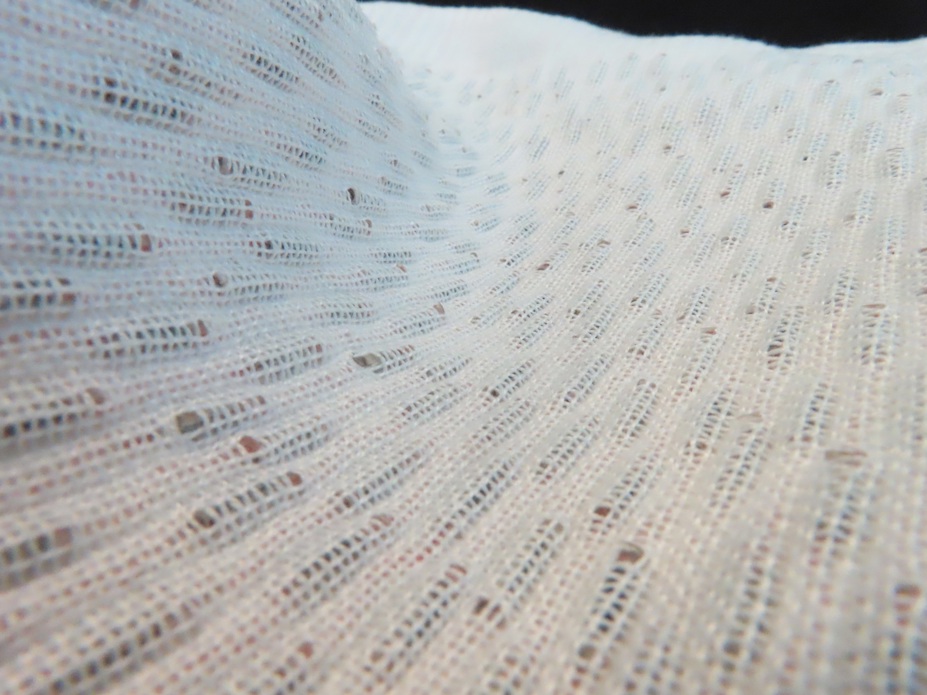The team at Nottingham Trent University developed a woven e-textile embedded with 1,200 photovoltaic cells.
According to the researchers, the cells combined together are capable of harnessing 400 milliwatts (mWatts) of solar energy – enough to charge a basic mobile phone or smartwatch.
They said that the e-textile could be incorporated into a piece of clothing such as a jacket, or used as part of an accessory such as a backpack, and is capable of withstanding washing machine cleaning at 40°C with other laundry.
This is because the tiny solar cells - which measure only 5 mm by 1.5 mm - are embedded in a polymer resin which is both waterproof and cannot be felt by the wearer.
“This prototype gives an exciting glimpse of the future potential for e-textiles,” said Dr Theodore Hughes-Riley, associate professor of electronic textiles at the Nottingham School of Art & Design (NSAD) and the lead researcher on the project.
“Until now very few people would have considered that their clothing or textiles products could be used for generating electricity.

“And the material which we have developed, for all intents and purposes, appears and behaves the same as any ordinary textile, as it can be scrunched up and washed in a machine.”
The e-textile measures 51cm by 27cm and is chemically-stable since all the solar cells are made from silicone. Tests showed that the material generated a power output of 335.3 mWatts in 0.86 sunlight. Under 1.0 sun it would generate up to 394 mWatts.
Researcher Matholo Kgatuke, a research associate in the weaving of electronic textiles at NSAD, said: “This project shows how e-textiles can be at the forefront of sustainability and that they have the potential to reshape our existing conceptions of technology.
“We have combined long-established weaving techniques with modern technology to create future products which may change people’s perceptions of clothing and electronics.”

